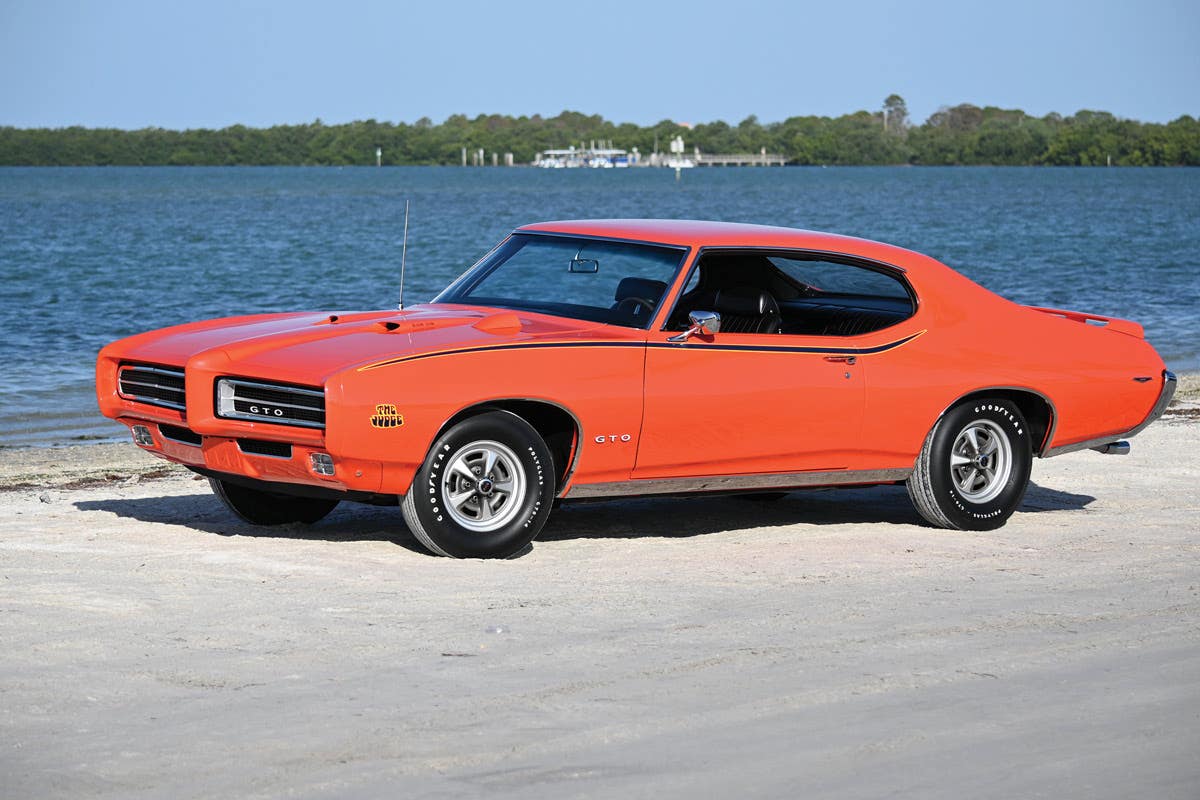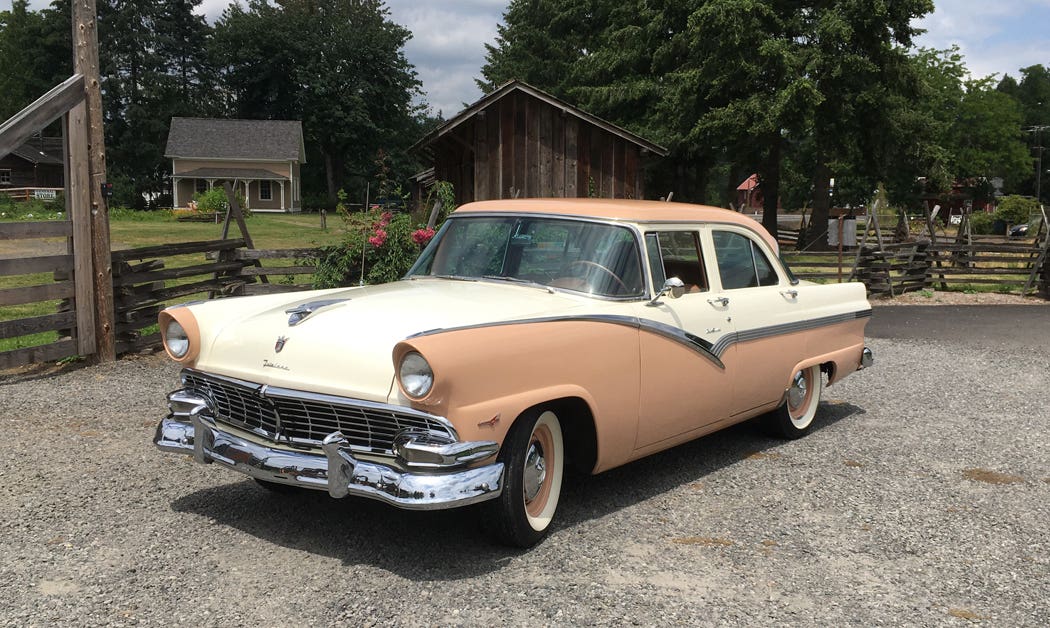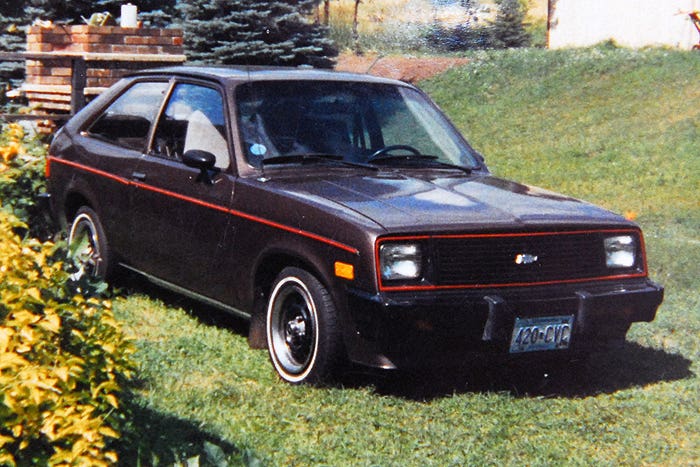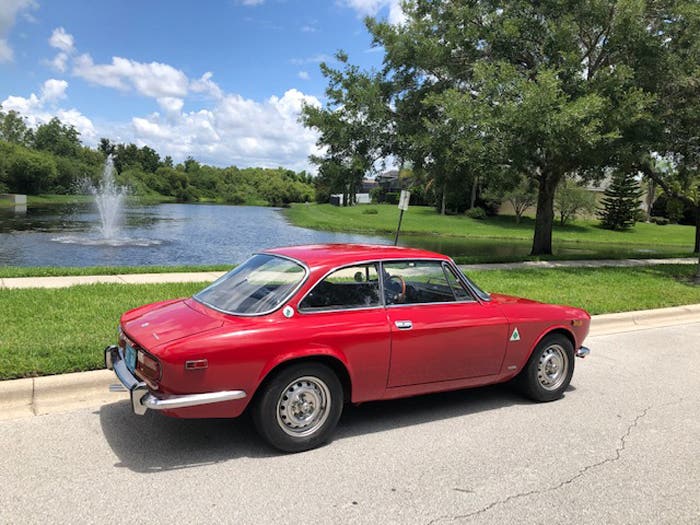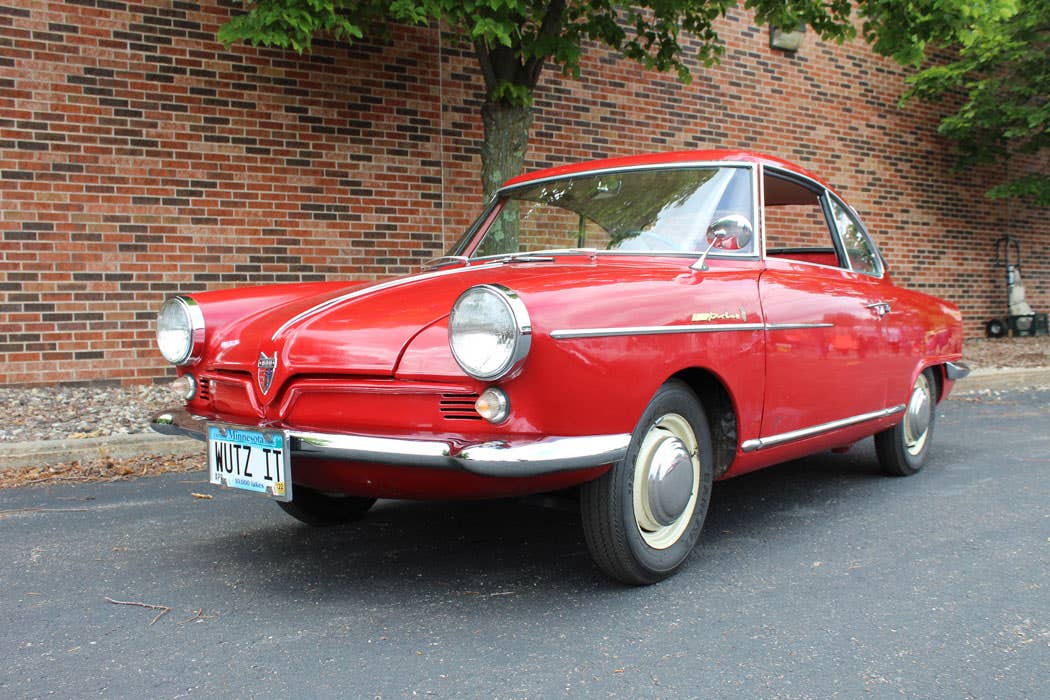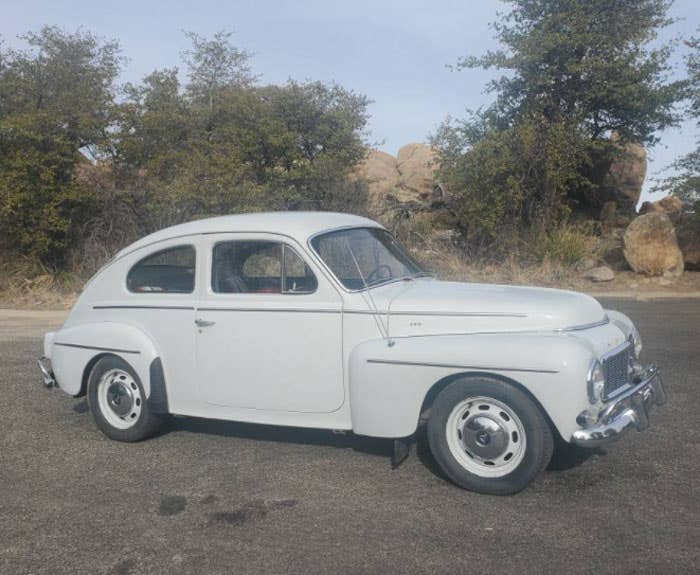Rambling Ranch: Ford excelled at building driver-friendly wagons by early 1950s
Ford resisted the move to all-steel station wagons longer than General Motors and Chrysler, but in abandoning wood construction for 1952, it produced a modern design that broke completely with its predecessors and corrected two of their shortcomings.
Ford resisted the move to all-steel station wagons longer than General Motors and Chrysler, but in abandoning wood construction for 1952, it produced a modern design that broke completely with its predecessors and corrected two of their shortcomings.
Ford’s 1949-’51 station wagons were attractive cars by any measure and remain so today, but their blend of steel structure and roof with non-structural wood meant that they still required traditional woodie maintenance.
Ford’s 1952-54 Ranch Wagons are unusual and good-looking cars. This 1954 example has the added benefit of being a six-cylinder three-speed with overdrive, the combination of which results in 20 mpg.
Some buyers, no doubt, were happy to accept that as the trade-off for owning a car whose look was so appealing, but the more practically minded must have struggled to justify the purchase. And if they did justify it, they still had to deal with the fact that Ford wagons were two-doors, and that was practical mainly for those with small children who rode in the back seat.
Ford’s 1952 answer was what it advertised as “the greatest line of station wagons in the industry.” The new steel wagons were “wowing ’em everywhere,” according to Ford, and not without reason. The top of the line was the Country Squire, a four-door that nodded to tradition with its use of maple and birch exterior trim that framed “mahogany-finished steel panels.”
Those who valued tradition less than low maintenance were targeted by the Country Sedan. “Handsome and handy,” it amounted to a Country Squire without the wood, and could “tote 8 people in style or a half ton of freight! The back seat lifts right out, the center seat folds flush with the floor!”
Surprisingly, Ford didn’t limit the new wagon to a four-door body. The Ranch Wagon (“what a car – what a value!”) was a two-door slotted at what today would be called entry-level. It was “the lowest priced station wagon in its field … with a choice of 110-h.p. Strato-Star V-8 or 101-h.p. Mileage Maker Six.” The Strato-Star V-8, of course, was Ford’s 239-cid flathead, but the Mileage Maker Six was the new 215-cid overhead-valve engine.
Like flatheads everywhere, Ford’s V-8 was living on borrowed time. It would be carried over for one more year with nearly every other feature of the Ford wagons, whose changes for 1953 amounted mostly to trim and appearance items. After all, there was little reason to tamper with a good design. In 1954, the engine was only one of the differences over the 1953. The cars again looked much the same, and although the overhead-valve V-8 used the same displacement as did its predecessor, 239 cubic inches now produced 130 hp. Another improvement that might also escape notice by the man in the street was the front suspension, which gave up the previous year’s kingpins in favor of more modern balljoints.
Naturally, Ford was proud of these achievements. It advertised that it offered the “only Y-block V-8 engine in the field — with low-friction design and turbo-wedge combustion chambers for the most advanced V-8 power in the industry” and the “only ball-joint Front Suspension in its field — with weight-tailored Hydra-Coil Front Springs for a far smoother ride on all roads.”
Those features carried over into the wagons, obviously, but Ford did some shuffling of the wagons’ lineup. The Country Squire remained at the top as part of the Crestline series, and the Country Sedan was still just below in the Customline series, but the Ranch Wagon in the bare-bones Mainline series was joined by a Ranch Wagon in the Customline series. A two-door either way, the new model was trimmed comparably to the Country Sedan and was “the newest of Ford’s ‘double-duty’ dandies.” Advertising suggested that “if your family’s young and rambling, you’ll find room aplenty in Ford’s new Mainline or Customline Ranch Wagons. Both are 6-passengers big, yet convert to cargo haulers by merely folding the ‘stowaway’ seat into the floor.”
True enough, and it explains the meaning of “‘double-duty’ dandies,” but none of that mattered much to Stan Covert of Trumansburg, N.Y., when he bought the 1954 Ranch Wagon shown here. He found the car, a Mainline version, in 2005 at a garage in Seneca Falls, N.Y., just when he was in market for a wagon.
“I came up to this show,” he explained, while showing the wagon at Waterloo, New York. “I saw it and I went back and bought it.”
It was an unrestored car at the time with almost no rust, which seems just a little hard to accept, given upstate New York winters and road salt, but Covert said that lubrication stickers show that it had spent much of its life in Florida. To be certain, he asked the seller to put the Ford on his lift so that he could inspect it properly.
“It’s all rust-free underneath,” Covert said. “I’ve had a lot of Fords and that didn’t have any rust. It had a little hole about the size of a quarter in each fender, and that’s all the rust that was on it.”
Minor bodywork to deal with those two holes and a number of small dents, followed by fresh paint and a new interior, brought back its appearance, but the Ford’s mechanical condition required even less.
“It said ‘65,000,’” Covert explained, “and I think it’s actual mileage. It runs just so smooth and everything was tight. I didn’t have to do anything to the running gear at all, nothing.”
Since its completion, Covert’s been “driving it and having fun.” That speaks well for the car, since he also owns two 1953 Fords, a 1960 Chevy convertible and a rodded 1951 Mercury. The Ranch Wagon’s been completely reliable, he said, but it also has a secret weapon that makes it especially well-suited for driving in today’s environment; not only is it a six, but it’s a three-speed with overdrive.
“It’s getting about 20 miles per gallon,” Covert said, “just running along at 55.”
As pleasant as that is, it’s really just something of a bonus because he didn’t buy the Ford solely for its economy.
“I just had to have it,” he admitted. “It was different … Where are you going to get one?”



